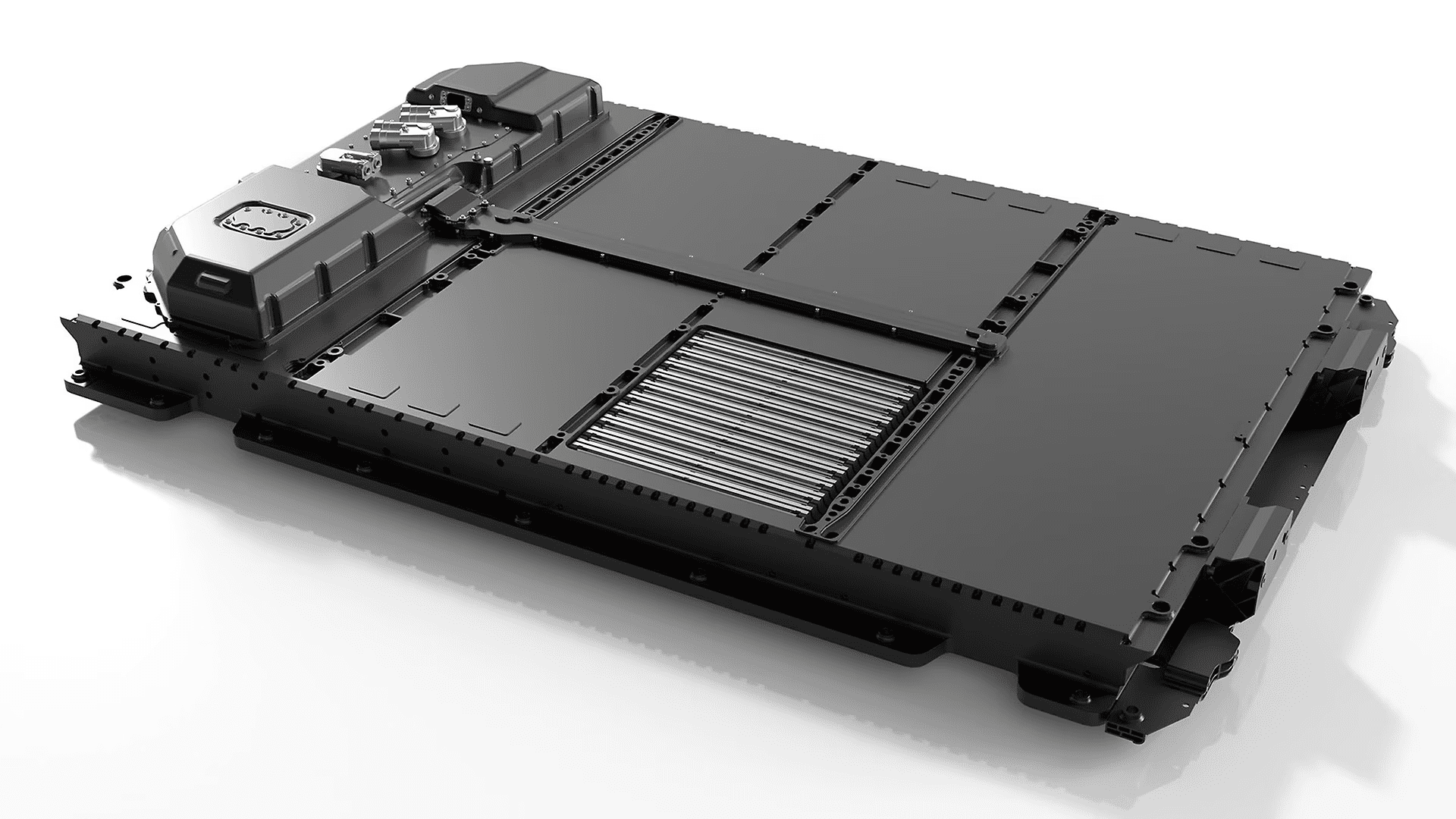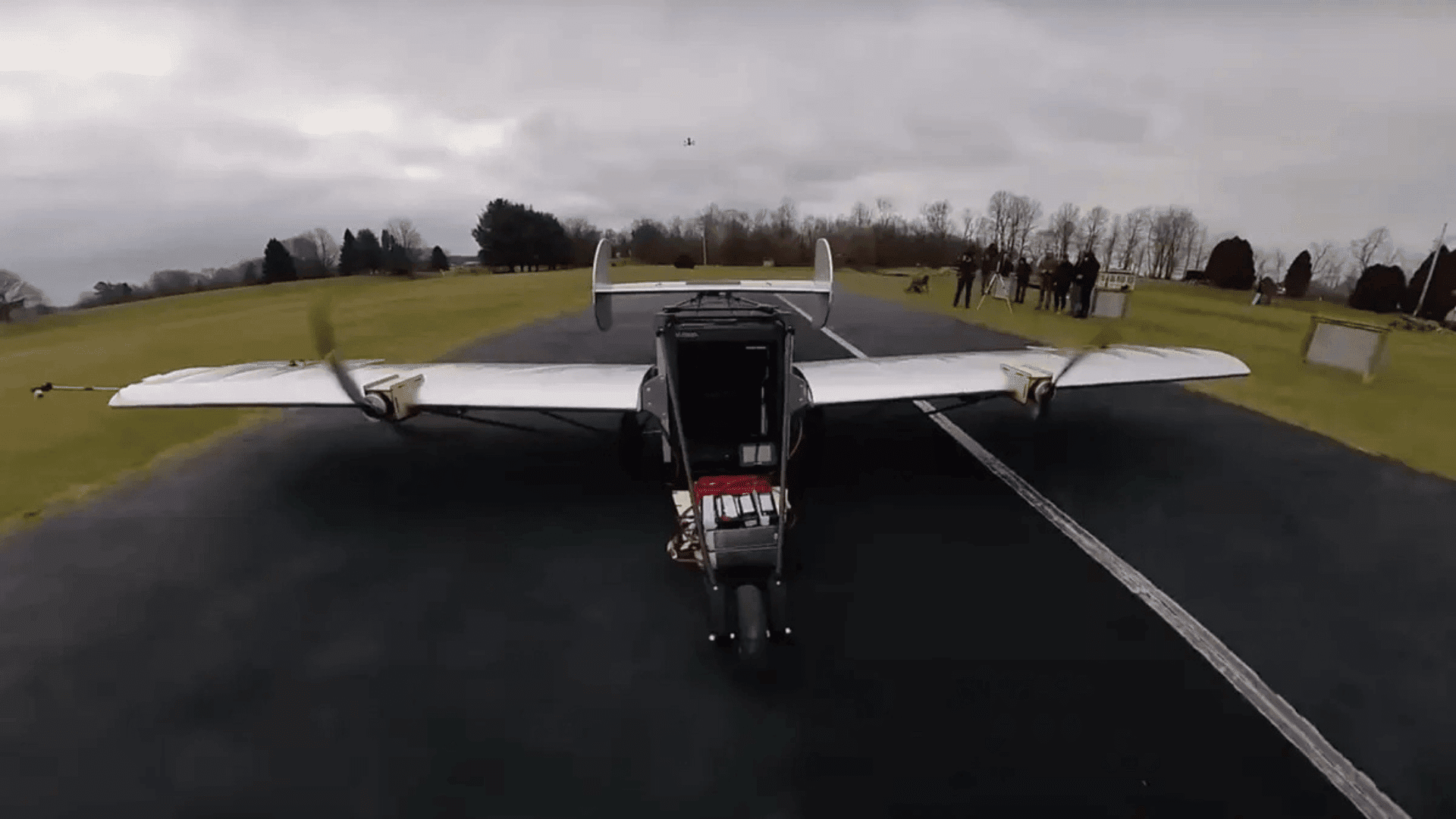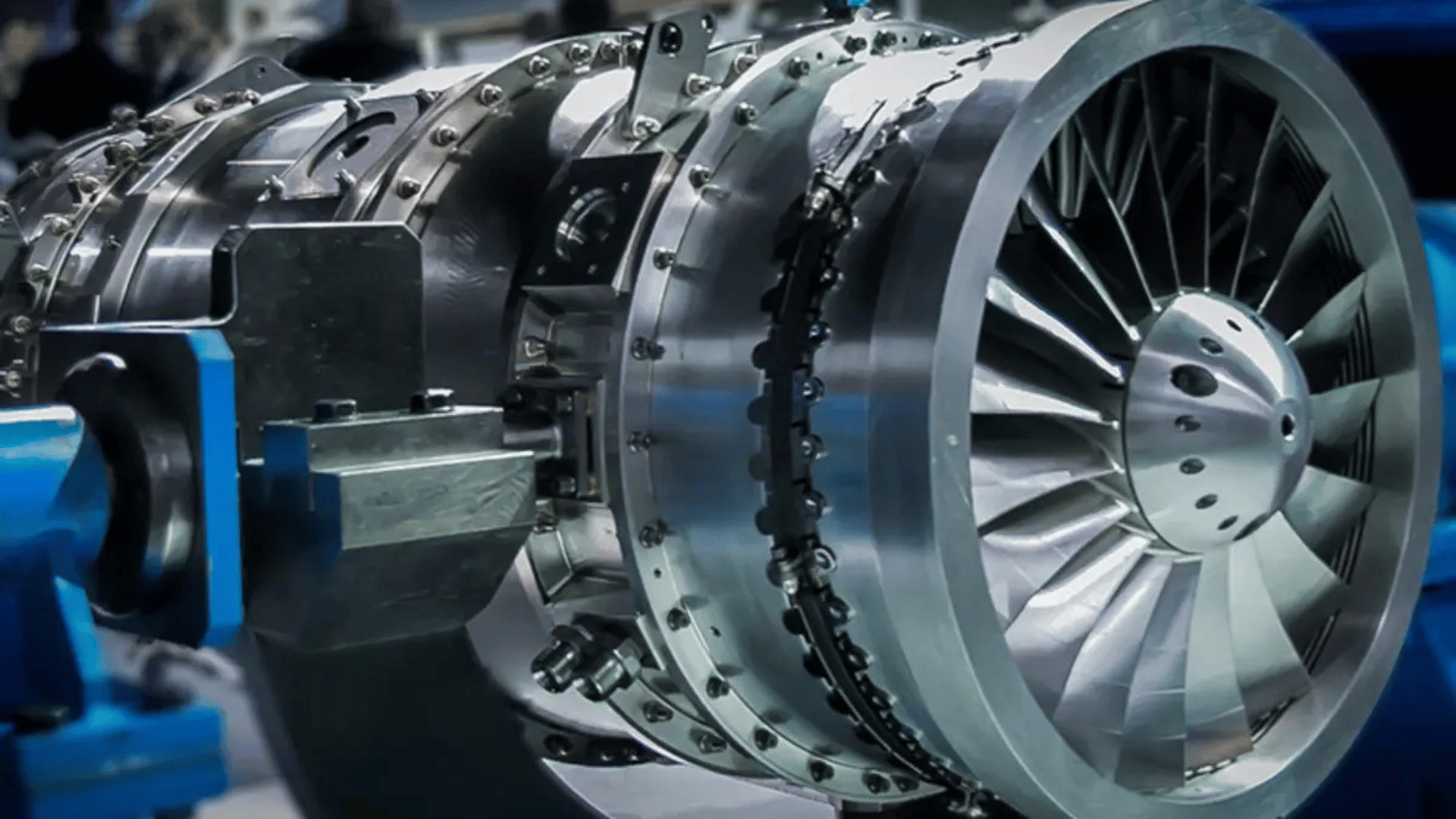We’ve discussed other VTOL (vertical take-off and landing) vehicles in the past here at TWT, but the technology behind such craft keeps evolving. In fact, one aircraft is promising to revolutionize how future VTOL vehicles will work. Are you ready for a spin in the TriFan 600?

A QUALITY BUILD
Built by XTI Aircraft, the TriFan 600 uses ducted fans to propel its vertical liftoff- three, hence the name. During liftoff, the wings rotate forwards. Once the wings are in place, it resembles a more traditional airplane. It only takes 90 seconds to reach cruising speed. Compared to fixed-wing models, the difference in reaching the ideal speed and altitude for cruising is substantial.
The max cruise speed is 345 MPH. This pales when judged against a commercial jet plane, which typically travels at around 575 MPH. However, the TriFan is more of a personal airplane. Max capacity is six passengers, including the pilot. It also can’t reach the same altitude as commercial flights but can reach its 29,000 feet in less time. Besides, it doesn’t matter how high the plane is when the cabin interior is so luxurious and spacious.
While the aerial specs of the TriFan are worth noting, the real science is in the build. The three fans that give the craft its moniker are ducted fans, which typically have shorter blades than conventional propellers. This allows for greater rotational speeds. Two are capable of rotation. The pivoting fans on the wings are responsible for the vertical liftoff and stabilizing landing, like a hovercraft or helicopter. When not engaging in the VTOL aspect, they rotate forward to act as propellers. The third fan does not rotate but is instead covered by a sliding door during forward flight.
THE XTI DIFFERENCE
The engine is a turboprop developed by GE Aviation, called the Catalyst. When the announcement was made in 2019, GE Aviation’s turboprops general manager Paul Corkery told AIN Online: “GE believes that parallel and series hybrid propulsion systems, those that include a turbine gas generator to take advantage of the energy density of jet fuel, will lead to much more capable aircraft for both traditional and emerging markets for many years to come.”
Because the third fan is hidden during travel, the TriFan resembles a traditional plane more than a helicopter. One of the biggest criticisms thrown towards VTOL aircraft is their odd and less-than-elegant design. The resemblance to a normal plane is meant to assuage those complaints. It also appeals to pilots who are likely trained to operate fixed-wing aircraft, rather than VTOL. The addition of computerized controls for liftoff and landing, along with autopilot, will help as well.
Another perk is the lessened impact on the environment, compared to commercial airliners. Naturally, the smaller size means less fuel is needed per flight. This is only amplified by the electric hybrid drive. Because there’s no need for a runway, travel from home to an airport is rendered obsolete. This further saves gas and results in fewer CO2 emissions. Yes, the cuts to time and cost are boons as well, but a more environmentally friendly alternative to jet planes are always welcome.
A FEW SPEED BUMPS

XTI is still selling shares through equity crowdfunding. In fact, it recently announced it would be extending the crowdfunding campaign into the second quarter of 2020. Purchasing shares in the company does result in a discount on the finished TriFan, but this isn’t your typical Kickstarter. The estimated price for the finished aircraft is a hefty $6.5 million. Still less expensive than a private jet, but not necessarily in budget for the typical household.
There’s also the matter of when the TriFan will launch. While test flights with the prototype have been successfully attempted, there’s still no word of when mass production will begin. Presumably, it should start shortly after the crowdfunding campaign ends. The Robb Report wrote in 2019 that the company wants to begin delivery by 2023. However, recent world events and the crowdfunding extension could push this date back further. If there are any major developments, we’ll update this article with the news.
But even with just a few test flights, the TriFan 600 proves promising. The unique fan system makes the VTOL aspects less of a novelty and more of a positive. The speed, altitude, and lowered carbon footprint all make it a worthy successor to modern private planes, without sacrificing the luxury associated with them. Just be careful how much luggage you pack.







